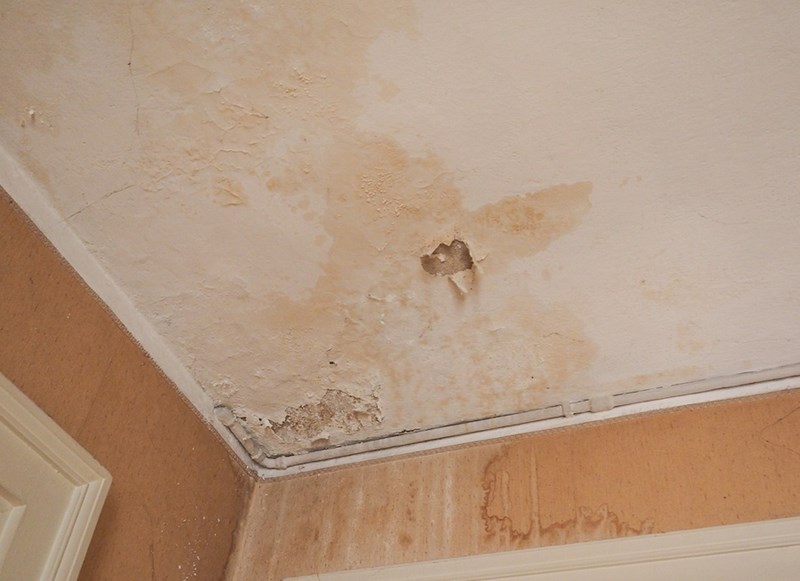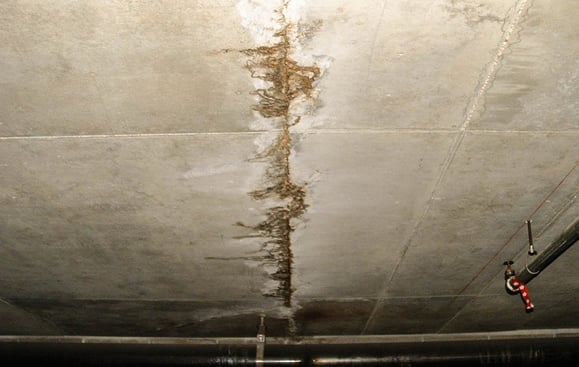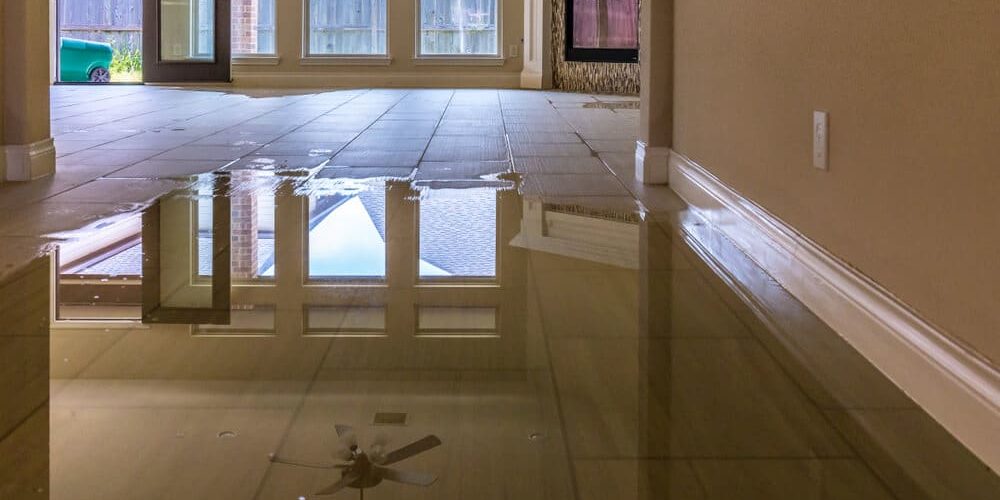Trusted Water Damage Cleanup Services to Restore Your Home’s Safety and Comfort
Trusted Water Damage Cleanup Services to Restore Your Home’s Safety and Comfort
Blog Article
The Process of Water Damages Cleanup: Guaranteeing Your Home Is Brought Back Successfully
Water damage can be a complicated obstacle for property owners, requiring a organized and careful clean-up process to recover safety and security and performance. An extensive analysis is critical to recognize the level of the damages and identify the proper removal steps. Following this, efficient water removal techniques play an essential function in alleviating further damage. The subtleties of drying out, sanitizing, and eventual repair are similarly important and typically overlooked. Understanding these stages can make a significant difference in the result of your home's restoration, motivating a closer check out what each step requires.
Evaluating the Damage
Upon discovering water damage, the initial step is to extensively evaluate the level of the effect. This preliminary evaluation is critical, as it assists determine the necessary actions for efficient cleaning and remediation. Begin by inspecting the impacted locations, including walls, ceilings, floors, and individual belongings, to determine the resource of the water intrusion, whether from flooding, leaks, or condensation.
Documenting the damages is important for both insurance cases and planning reconstruction initiatives - damage restoration services. Use photographs and created notes to record the extent of the damages, keeping in mind any type of afflicted structural aspects and materials. Pay special attention to locations that may not be right away visible, such as behind walls and under carpetings, as hidden wetness can result in additional difficulties, including mold development
Additionally, evaluate the timeline of the water direct exposure. The longer the materials stay wet, the better the potential for damage. Understanding the period of exposure will educate the necessity of remediation initiatives. Ultimately, a detailed analysis prepares for an effective water damages cleanup process, guaranteeing that all impacted locations are attended to successfully and completely.
Water Removal Techniques

Specialists typically utilize submersible pumps for larger volumes of water, which can quickly minimize flooding in cellars or various other affected areas. For smaller amounts, wet/dry vacuums are often utilized to draw out recurring dampness from rugs and hard surface areas. Additionally, making use of mobile extractors enables for targeted removal in restricted spaces or areas with fragile products.
In circumstances of infected water, such as sewer or floodwater, advanced removal strategies may involve the usage of biohazard devices to make certain safety and conformity with wellness guidelines. High-powered extraction devices are vital in lessening water retention in architectural materials, which can cause mold growth and structural deterioration if not attended to without delay.
Ultimately, the efficiency of water extraction methods plays a critical function in the total success of the water damage cleanup procedure, laying the groundwork for succeeding repair efforts.
Drying and Dehumidification
Once standing water has actually been properly drawn out, the following crucial stage in the water damages clean-up process is drying and dehumidification. This action is necessary to avoid additional damages and mold development, which can occur within 24 to 2 days in wet atmospheres.
To achieve efficient drying out, specific tools such as industrial-grade air moving companies and dehumidifiers is employed. Air movers circulate air across damp surfaces, improving evaporation prices, while dehumidifiers lower humidity levels in the air, advertising a helpful atmosphere for drying out. The mix of these tools makes sure that dampness is attracted out from home furnishings, wall surfaces, and floorings, enabling them to dry thoroughly.
It is very important to keep track of the drying out process carefully. Experts commonly make use of dampness meters to analyze the dampness content in different products, making certain that all influenced locations get to appropriate dry skin levels. This thorough approach assists to avoid concealed moisture pockets that can cause architectural damage or harmful mold and mildew development.

Cleansing and Sanitizing
After the drying out and dehumidification stage is complete, the following crucial action in water damage cleanup is cleansing and disinfecting the impacted areas. This process is important to prevent the growth of mold, bacteria, and other microorganisms that thrive in damp settings.
The cleaning phase commonly involves getting rid of any type of particles, dust, and pollutants from surfaces utilizing specialized cleaning up representatives. For hard surfaces, a mix of soap and water or business cleansing items is frequently utilized. Soft materials, such as upholstery and carpets, might call for much more extensive cleaning techniques, including vapor cleaning or deep extraction techniques, to make certain detailed hygiene.

Sterilizing adheres to cleaning, utilizing EPA-approved anti-bacterials to remove dangerous microorganisms. This step is crucial, especially in areas that might have come right into call with floodwaters or sewage, as these sources can present significant health threats.
Furthermore, it is necessary to deal with any type of continuing to be smells, which might call for the use of odor neutralizers or sophisticated methods like ozone therapy. Proper cleaning and sterilizing not only recover the security and hygiene of your home however also prepared for effective restoration and fixings in succeeding phases of the water damage cleaning process.
Reconstruction and Fixings

When the assessment is full, remediation efforts can begin. This typically includes repairing or changing damaged products, ensuring that all job complies with regional building ordinance and criteria. If drywall has actually been compromised, it will certainly require to be gotten rid of and replaced with new product. Furthermore, floor covering might need comparable focus, depending upon the degree of water direct exposure.
It is essential to involve experienced remediation experts during this process, as they possess the expertise to deal with intricate fixings properly. Furthermore, they can help reduce prospective future issues, such as mold development check here or structural instability, thus guaranteeing a habitable and safe living setting. Inevitably, reliable remediation and repairs recover the home's stability and improve its general worth.
Verdict
Finally, the process of water damages cleaning is crucial for restoring a home to its pre-damage condition. Each phase, from examining the damage to carrying out effective water removal techniques, complied with by extensive drying, sterilizing, and essential fixings, plays a necessary role in guaranteeing security and compliance with structure criteria. my review here Efficient implementation of these actions not just minimizes immediate damage but also enhances the long-term integrity and worth of the residential or commercial property.
Water damage can be a complicated obstacle for home owners, requiring a meticulous and organized cleanup process to bring back safety and functionality. Inevitably, a thorough analysis lays the groundwork for a successful water damages cleaning process, guaranteeing that all impacted locations are attended to properly and completely.
Effective water extraction strategies are essential in minimizing damage and stopping further issues following a water intrusion occasion.In verdict, the process of water damage clean-up is vital for recovering a home to its pre-damage problem. Each phase, from evaluating the damages to applying reliable water removal techniques, adhered to by detailed drying, sterilizing, and necessary repairs, plays an important function in making sure safety and security and conformity with building standards.
Report this page